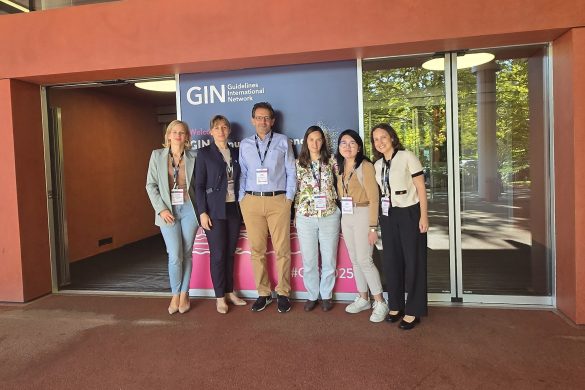In this paper, recently published in Clinical Infectious Diseases, the authors report a laboratory confirmed SARS-CoV-2 re-infection in a patient which occurred 4.5 months after the first episode. Whole genome sequencing was performed directly on respiratory specimens collected during two episodes of COVID-19. Comparative genome analysis was conducted to differentiate re-infection from persistent viral shedding. Laboratory results, including RT-PCR Ct values and serum SARS-CoV-2 IgG, were analysed. In particular, the second episode of asymptomatic infection occurred 142 days after the first symptomatic episode in an apparently immunocompetent patient. During the second episode, there was serological evidence of elevated C-reactive protein and SARS-CoV-2 IgG seroconversion. Viral genomes from first and second episodes belong to different clades/lineages. Compared to viral genomes in GISAID, the first virus genome has a stop codon at position 64 of orf8 leading to a truncation of 58 amino acids, and was phylogenetically closely related to strains collected in March/April 2020, while the second virus genome was closely related to strains collected in July/August 2020. Another 23 nucleotide and 13 amino acid differences located in 9 different proteins, including positions of B and T cell epitopes, were found between viruses from the first and second episodes. The authors concluded that epidemiological, clinical, serological and genomic analyses confirmed that the patient had re-infection instead of persistent viral shedding from first infection, suggesting that SARS-CoV-2 may continue to circulate among the human populations despite herd immunity due to natural infection or vaccination.







